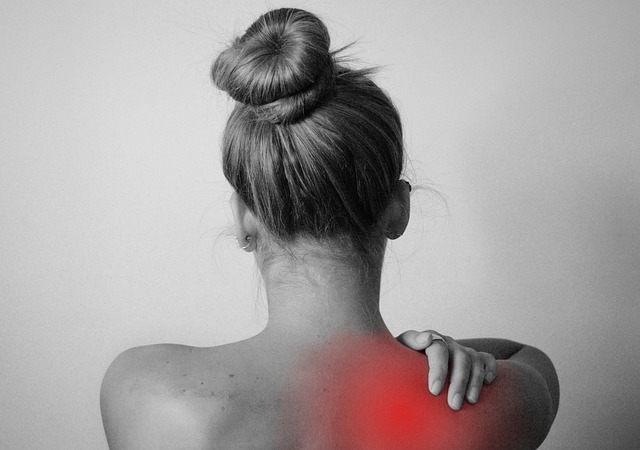Kyphosis is a condition that affects the curvature of the spine, causing it to curve outward excessively in the upper back. This can lead to a rounded or hunched appearance of the back, and it can also cause a range of symptoms that affect the body as a whole. Here, we will discuss the common symptoms of kyphosis.
Back pain: One of the most common symptoms of kyphosis is back pain. The excessive curvature of the spine can cause the muscles and ligaments in the back to become strained, leading to pain and discomfort. This pain may be mild or severe and can be felt anywhere from the upper back to the lower back.
Fatigue: The altered position of the spine in kyphosis can put additional strain on the muscles and joints in the body. This symptoms of kyphosis can lead to fatigue and exhaustion, as the body works harder to compensate for the changes in posture.
Limited mobility: Kyphosis can limit the mobility of the spine and cause stiffness and tightness in the back muscles. This can make it difficult to move the neck, shoulders, and arms, and may also cause pain when turning or bending.
Breathing difficulties: In severe cases, kyphosis can compress the chest cavity and make it difficult to breathe. This can cause shortness of breath, wheezing, and other respiratory symptoms.
Digestive problems: The altered position of the spine in kyphosis can also affect the digestive system, causing symptoms such as indigestion, acid reflux, and constipation. This occurs because the curvature of the spine puts pressure on the organs in the abdomen, disrupting their normal function.
Numbness or tingling: In some cases, kyphosis can compress the nerves in the spine, causing numbness, tingling, or weakness in the arms or legs. This can also cause a loss of sensation or muscle weakness in the hands or feet.
Emotional distress: The physical changes caused by kyphosis can also have an emotional impact on individuals. The hunched or rounded appearance of the back can affect self-esteem and confidence, leading to feelings of social isolation and depression.
The diagnosis of kyphosis typically involves a physical examination, medical history review, and imaging tests such as X-rays, CT scans, or MRI scans. Your doctor may also order blood tests or other tests to rule out underlying conditions that may be causing or contributing to your kyphosis.
During the physical examination, your doctor will evaluate your spine for any visible signs of curvature, such as a hump in your upper back or a rounded shoulder. They may also measure your range of motion, assess your posture, and check for any neurological symptoms such as numbness or weakness.
Imaging tests such as X-rays, CT scans, or MRI scans can provide detailed images of your spine, allowing your doctor to assess the severity of your kyphosis and identify any underlying conditions that may be contributing to it.
Once your doctor has diagnosed your kyphosis, they will work with you to develop a treatment plan that addresses the underlying cause of your condition and helps to relieve your symptoms. Treatment options for kyphosis may include physical therapy, bracing, medications, or surgery depending on the severity of the curvature and the underlying cause of the condition.
Conclusion
Kyphosis is a condition that affects the curvature of the spine, causing it to curve outward excessively in the upper back. The symptoms of kyphosis can range from mild to severe and may include back pain, fatigue, limited mobility, breathing difficulties, digestive problems, numbness or tingling, and emotional distress. If you are experiencing any of these symptoms, it is important to consult with a medical professional to determine the cause and appropriate treatment options.

